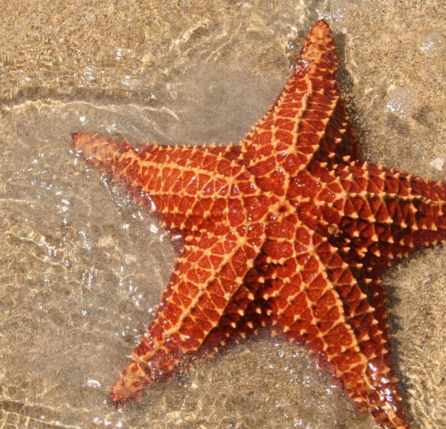Like an expectant mother, I planned for this website. But things didn’t go as planned. Initially a DIY project, I asked friends for web development advice, perused the World Wide Web, drew my vision on scraps of paper, picked colors, then followed 29 step-by-step instructions by an online instructor. Sometimes—Bingo!—I’d figure out how to add a header, change a type face, or upload a program or photo. Not as amazing as feeling a baby kick from the inside, but magical in a technological way.
Too many times, I’d follow an instruction again and again, only to wind up in the same techno-muck. After hours with my computer, I’d frequently end up cross-eyed and frustrated.
Eventually, the lightbulb above my head matched my computer screen, with a flashing message: “YOU ARE NO #@*&% WEB DEVELOPER!”
With this profound (though obvious) message, I set aside my website in its primitive state, hoping no one would stumble upon it while wandering the web universe.
A techno-eternity later (maybe a month), in an unexpected and spectacular place on the Oregon coast, Jonell Alvi and Jamil Alvi–treasures across the tide pool last fall–generously nudged me. I branded the site with the logo and portraits Rimona Law created. And the team at Hashtag Systems carried me across the abyss. Thanks to all of you for your talents, patience and generosity. I’m excited to finally have a website—a place where I can post writing prompts, opportunities, and inspirational tidbits.
I hope you’ll let me know what works for you, what doesn’t and what you’d like to see on the website. Maybe you’d like to write a guest blog, tell me about a cool book or website, or post a story.
The beauty of a website—and life itself—is that it keeps changing. I will learn to change it, just as I once changed the diapers of my living, breathing babies. And when I’m over my head, I’ll look for help and inspiration in unexpected places.
![]() Writing Spark: Consider a time when your best-laid plans went awry. What projects—large or small—pushed you beyond your skills or aptitudes? What happened? What helped you? What did you learn?
Writing Spark: Consider a time when your best-laid plans went awry. What projects—large or small—pushed you beyond your skills or aptitudes? What happened? What helped you? What did you learn?


